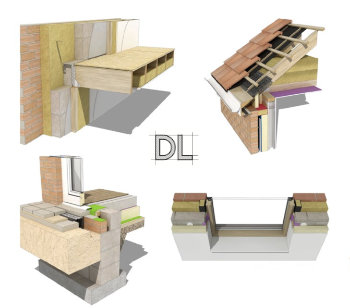Ponding water
In civil engineering, the term ‘ponding’ typically refers to the collection of standing water at the ground surface due to the presence of an impermeable layer within the soil. Ref The HS2 London-West Midlands Environmental Statement, Glossary of terms and list of abbreviations, DETR 2013.
It can also refer to the collection of water on an impermeable surface such as a roof, road or pavement where the fall is insufficient to allow surface water runoff, or where drainage is inadequate.
In extreme cases, ponding can be a sign of developing defect, such as settlement, structural movement or even the development of a sinkhole.
Typically ponding is considered to be an undesirable or unintended accumulation of water, unlike a water feature such as a pond, which is intentional. Ponding can cause damage, such as water penetration into buildings, defects on flat roofs and so on. However, it is typically less damaging that floods, which are generally larger in scale than ponding, which tends to be more shallow and localised.
[edit] Related articles on Designing Buildings Wiki
Featured articles and news
Wellbeing in Buildings TG 10/2025
BSRIA topic guide updates.
With brief background and WELL v2™.
From studies, to books to a new project, with founder Emma Walshaw.
Types of drawings for building design
Still one of the most popular articles the A-Z of drawings.
Who, or What Does the Building Safety Act Apply To?
From compliance to competence in brief.
The remarkable story of a Highland architect.
Commissioning Responsibilities Framework BG 88/2025
BSRIA guidance on establishing clear roles and responsibilities for commissioning tasks.
An architectural movement to love or hate.
Don’t take British stone for granted
It won’t survive on supplying the heritage sector alone.
The Constructing Excellence Value Toolkit
Driving value-based decision making in construction.
Meet CIOB event in Northern Ireland
Inspiring the next generation of construction talent.
Reasons for using MVHR systems
6 reasons for a whole-house approach to ventilation.
Supplementary Planning Documents, a reminder
As used by the City of London to introduce a Retrofit first policy.
The what, how, why and when of deposit return schemes
Circular economy steps for plastic bottles and cans in England and Northern Ireland draws.
Join forces and share Building Safety knowledge in 2025
Why and how to contribute to the Building Safety Wiki.
Reporting on Payment Practices and Performance Regs
Approved amendment coming into effect 1 March 2025.























